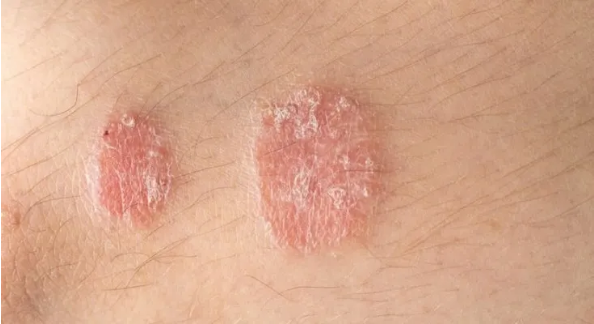
Understanding Psoriasis: A Comprehensive Guide
Psoriasis is a chronic skin condition that manifests in various forms, each with its unique characteristics:
- Plaque Psoriasis: The most common type, identified by red patches of skin topped with silvery scales.
- Guttate Psoriasis: Marked by small, drop-shaped spots, often triggered by infections.
- Pustular Psoriasis: Recognized by red skin accompanied by pus-filled blisters.
- Inverse Psoriasis: Affects moist areas like skin folds, presenting as smooth, inflamed patches.
- Erythrodermic Psoriasis: A rare and severe form characterized by widespread redness, peeling, and discomfort. This is a medical emergency requiring immediate attention.
Key Facts:
- Non-Contagious: Psoriasis is not infectious and cannot be spread from person to person.
- Causes: The condition is linked to an overactive immune system, where T-cells mistakenly attack healthy skin cells. Genetics also play a significant role in its development.
- Triggers: Common triggers include alcohol, specific medications, infections, and stress.
Diagnosis and Management:
Psoriasis is diagnosed through a physical examination of the skin, with a biopsy performed in some cases to confirm the type.
While there is no cure, a range of treatments can help manage symptoms and improve quality of life:
- Topical therapies
- Phototherapy
- Systemic medications
By understanding its triggers and adopting an effective treatment plan, individuals with psoriasis can lead fulfilling lives.


